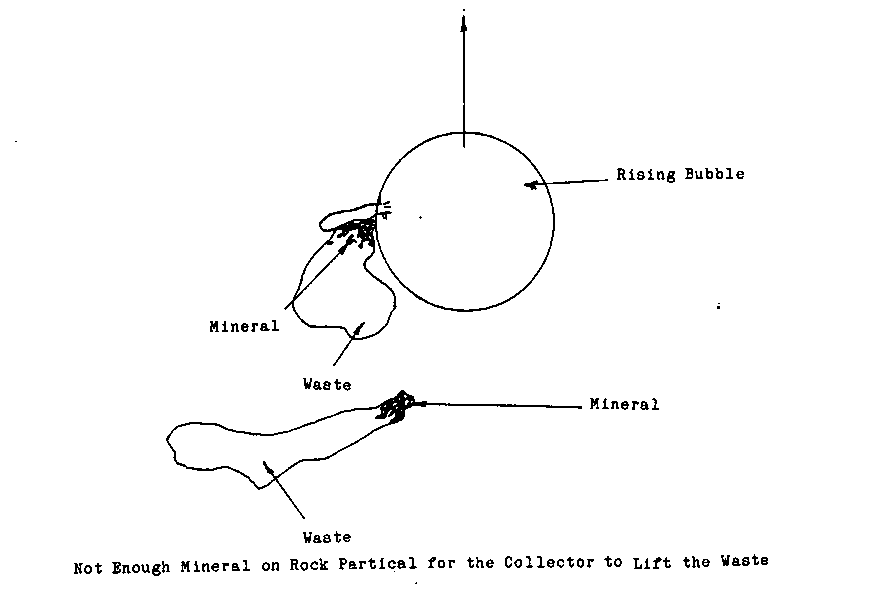 The first item on our list that an operator will be concerned with is the TONNAGE. There is a misconception common amongst operators to the effect that when reagents are added to the ore being processed, you are treating the mineral, or the amount of mineral that is in the ore. That is not correct. You treat the entire volume of ore. Every grain of sand, every particle of rock is treated. The amount of mineral in the ore is referred to as the HEADS of the circuit. If the tonnage goes up and the heads drop or remain the same the reagents will have to go up with the tonnage. This is, of course, is one of the variables that are monitored constantly by an operator.
The first item on our list that an operator will be concerned with is the TONNAGE. There is a misconception common amongst operators to the effect that when reagents are added to the ore being processed, you are treating the mineral, or the amount of mineral that is in the ore. That is not correct. You treat the entire volume of ore. Every grain of sand, every particle of rock is treated. The amount of mineral in the ore is referred to as the HEADS of the circuit. If the tonnage goes up and the heads drop or remain the same the reagents will have to go up with the tonnage. This is, of course, is one of the variables that are monitored constantly by an operator.
The tonnage will reflect itself in the density, the density in its turn will affect the flotation circuit in several different ways. The first effect is in the grind. The hold that the reagents has on the mineral is a very gentle type of grasp.
If the mineral isn’t liberated from the waste, some of the waste will end up being collected with the mineral and vice versa some of the mineral will be trapped by the waste that is sent to FINAL TAILS.
Final tails or TAILINGS are terms that are used to describe the unwanted portion of a process. However the tailings from one circuit may become the HEAD’s (feed) of another circuit.
